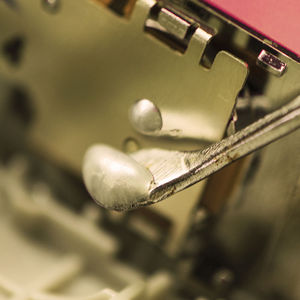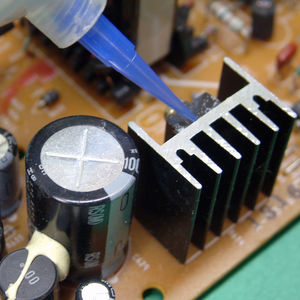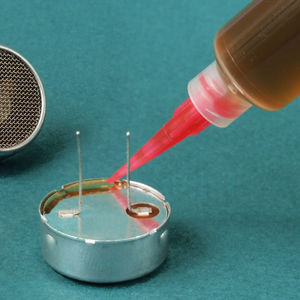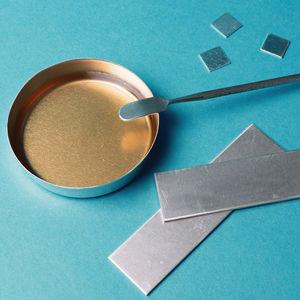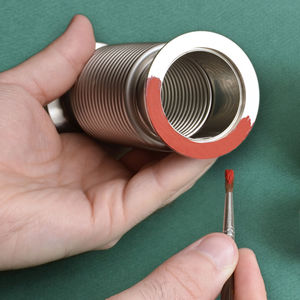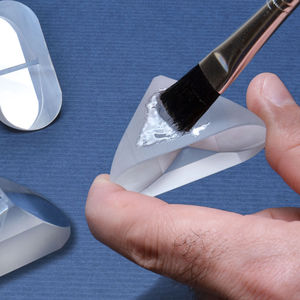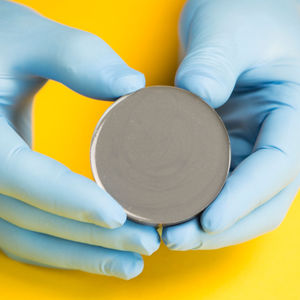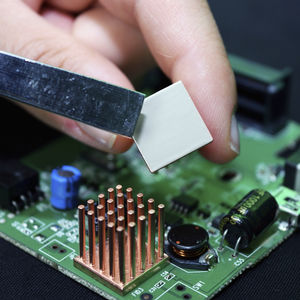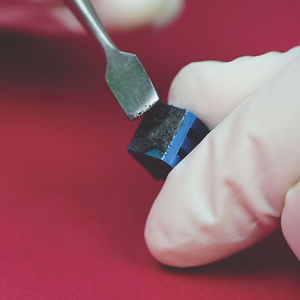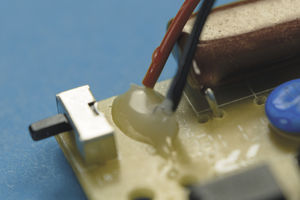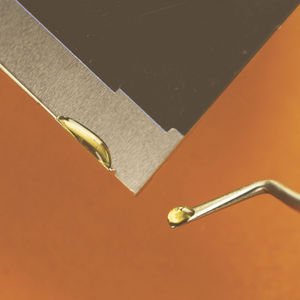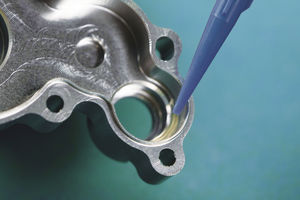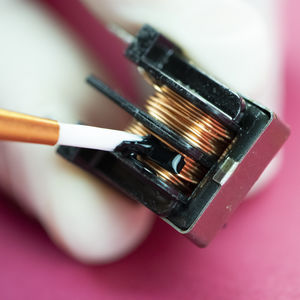
- Company
- Products
- Catalogs
- News & Trends
- Exhibitions
Thermally-conductive adhesive EP93AOFRepoxyfor metalglass

Add to favorites
Compare this product
Characteristics
- Chemical composition
- epoxy
- Type of substrate
- for metal, glass, for rubber, for ceramics, for plastics, for composite materials
- Number of components
- two-component
- Technical characteristics
- flame-retardant, electrically insulating, thermally-conductive, chemical-resistant
- Applications
- industrial, sealing, for coating, for the aerospace industry, for electronics, for printed circuit boards
Description
Two component thermally conductive flame retardant epoxy system that complies with FAR standard 14 CFR 25.853(a) for flame retardancy
Key Features
- Tested as per Amendment 25-116 and Part 25 Appendix F
- Passes vertical burn test
- One to one mix ratio
- For bonding, sealing, coating and potting
Master Bond EP93AOFR is a two component flame retardant epoxy system for bonding, sealing, coating and potting. It has been tested to the standards mentioned above and passes the demanding vertical burn test. EP93AOFR has an easy to use, forgiving, one to one mix ratio by weight. This system has a long open time. The recommended curing schedule for optimizing properties is overnight at room temperature followed by 3-4 hours at 150-200°F. It is a good thermal conductor while retaining a favorable electrical insulation profile.
It bonds well to a variety of substrates including metals, composites, glass, ceramic and many plastics. The service temperature range is -80°F to +300°F. It has reasonably good chemical resistance to water, fuels, oils and many common solvents. The color of Part A is black, Part B is off white and the cured material is black.
Catalogs
No catalogs are available for this product.
See all of Master Bond‘s catalogsRelated Searches
- Master Bond single-component adhesive
- Master Bond metal adhesive
- Master Bond industrial adhesive
- Master Bond plastic adhesive
- Master Bond glass adhesive
- Master Bond dispersion adhesive
- Master Bond epoxy adhesive
- Master Bond bonding adhesive
- Master Bond two-component adhesive
- Master Bond electronic adhesive
- Master Bond ceramic adhesive
- Master Bond sealing adhesive
- Master Bond fast curing adhesive
- Master Bond viscosity adhesive
- Master Bond conductivity adhesive
- Curing unit
- Master Bond rubber adhesive
- UV curing unit
- Cyanoacrylate glue
- Transparent glue
*Prices are pre-tax. They exclude delivery charges and customs duties and do not include additional charges for installation or activation options. Prices are indicative only and may vary by country, with changes to the cost of raw materials and exchange rates.



